Let’s start with a great big helping of irony.
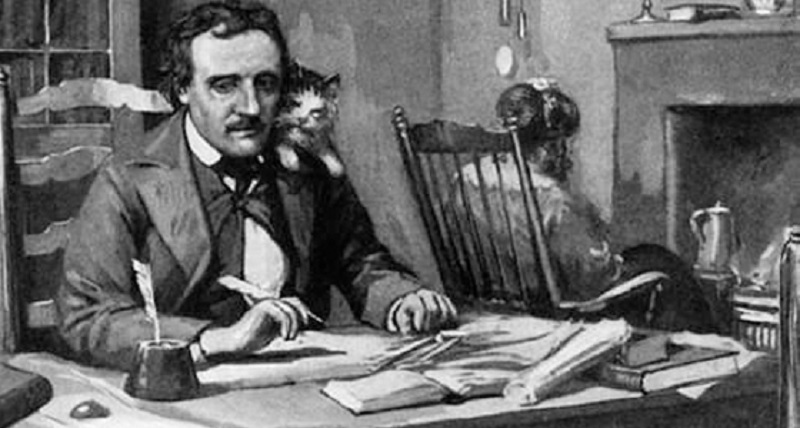
When Edgar Allen Poe wrote the first modern detective story in history, the word “detective” wasn’t in the dictionary yet. Poe described the story as a “a tale of ratiocination.”
Between you and me, I never heard of the word “ratiocination” before. It’s pronounced [rah-tee-oh-sin-NAY-shun] and roughly translates to an activity or process of reasoning. Which pretty much defines a detective story.
Poe wrote “The Murders in the Rue Morgue” in longhand on parchment paper and Graham’s Magazine published it in 1841.
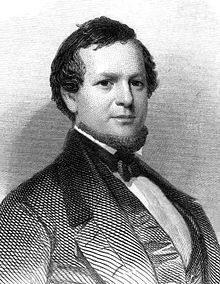
George Rex Graham founded the magazine in Philadelphia and published periodicals from 1841 to 1858. The magazine featured short stories, critical reviews, music, and fashion.
Graham aimed his magazine at both men and women and paid $5 per page of copy. It was easy for Poe to get the story published because he was an editor at the magazine. Graham paid him a handsome commission of $56 or the story.
In a note of comparison & contrast, Poe received $9 for the publication of “The Raven.”
In addition to being the first detective story in history “The Murders in the Rue Morgue” was also the first “locked room” mystery in history. So, you say, what is a “locked room” mystery?
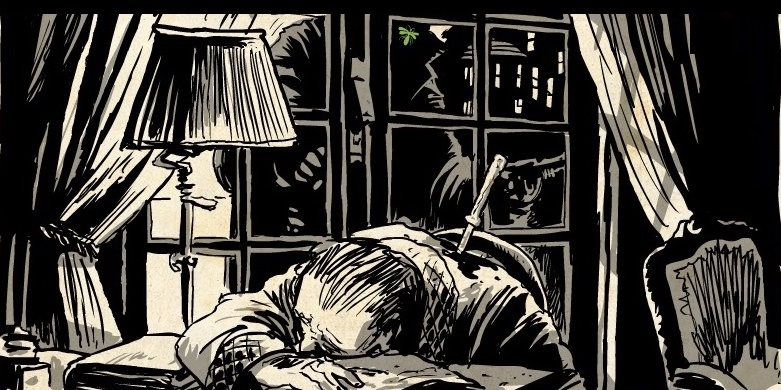
In a locked room mystery the writer presents the reader with a puzzle. It goes like this ─ a murder’s been committed and the victim’s body is discovered in a locked room but the killer’s not in the room.
Moreover, it doesn’t look like anyone could’ve entered the room to commit the murder or fled the scene of the crime without being seen by witnesses.
But that’s exactly what happened.
So how did it happen?
That’s where the detective, or you as the reader, must wrack your brain trying to figure out what happened.
Poe reveals hints and clues in drips and drabs. And as you continue reading you start formulating hunches and start looking for that next drip to see if you’re on the right track … Then here comes another.
If you’re wrong, reconsider. If you’re right, pat yourself on the back and eagerly await the next missing piece.
At that point, you’re hooked and you want to solve the crime before Poe’s detective solves it for you. Ladies and gentlemen, welcome to the world of crime fiction. Welcome to the world of mental stimulation. Crime fiction makes you think. Crime fiction fine-tunes your thought-processing system. Crime fiction makes you smarter.
Without giving away too much, here’s the plot:
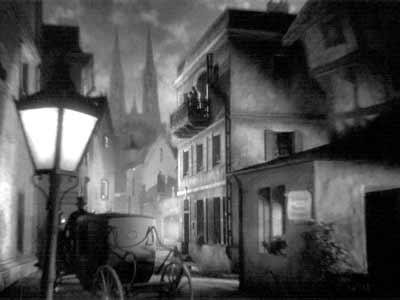
The story takes place in Paris at a time when, because of urban development, major crime is on the rise
The neighbors find a mother’s body in a yard behind her house. She suffered multiple broken bones and her throat’s been slashed so deeply, her head falls off when they move her body.
And finally, they find her daughter strangled to death, stuffed inside a chimney, upside-down, inside a room on the fourth floor. And, of course, the door’s locked from the inside.
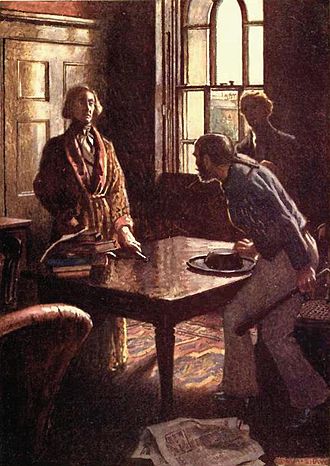
C. Auguste Dupin is Poe’s detective. But, as in many traditional detective stories, Dupin is neither a cop nor a detective.
He’s a private citizen who finds himself somehow involved. And his techniques in solving these murders molded the model for Sir Arthur Conan Doyle’s Sherlock Holmes, Agatha Christie’s Hercule Poirot, and many others that follow to this day.
Poe described the story’s theme as “the exercise of ingenuity in detecting a murderer.” He originally called it “The Murders in the Rue Trianon,” but changed the title because the word “morgue” triggered an association with death.
I’m America’s Best Crime Writer – Barry Bowe – & I approve this message.
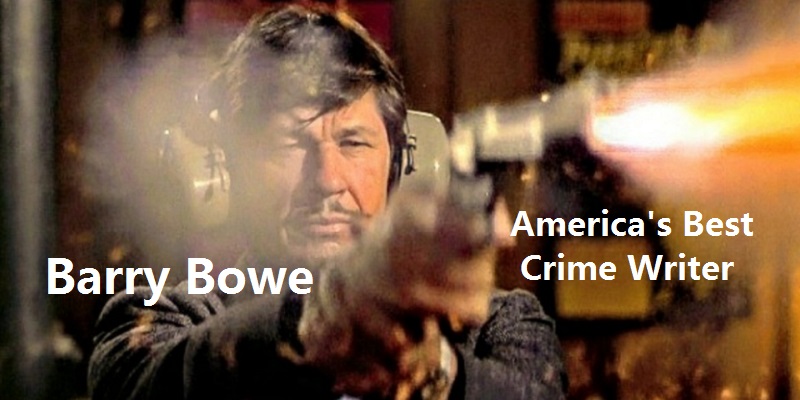
My first book – Born to Be Wild – was published in 1992 and is still selling on Amazon & Kindle. it’s a true story about certain members of the Warlocks motorcycle gang.
The story took 21 years to play out with many twists & turns. It’s an amalgam of Sons of Anarchy and Breaking Bad – but these outlaw bikers make the Sons look like Cub Scouts.
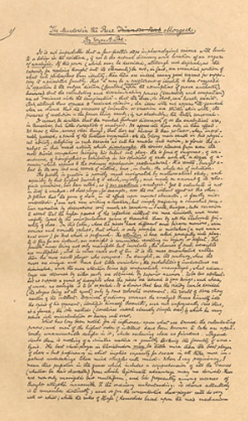
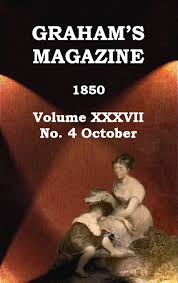
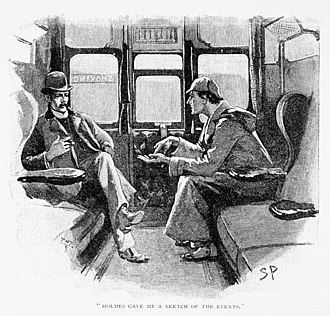
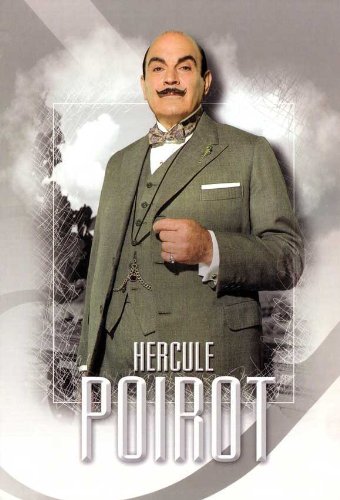





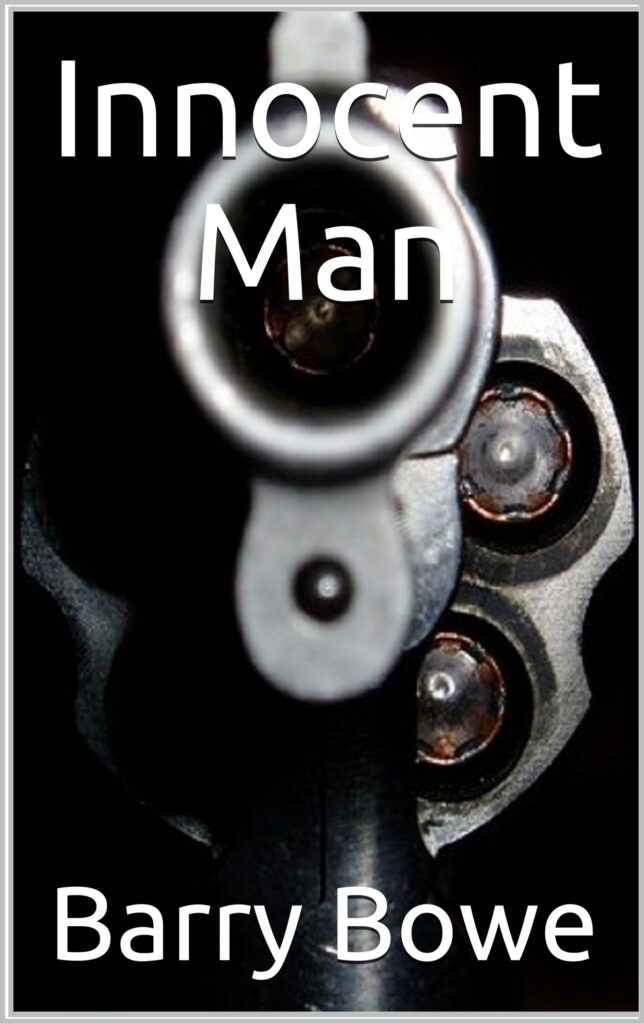

Comments
No Comments